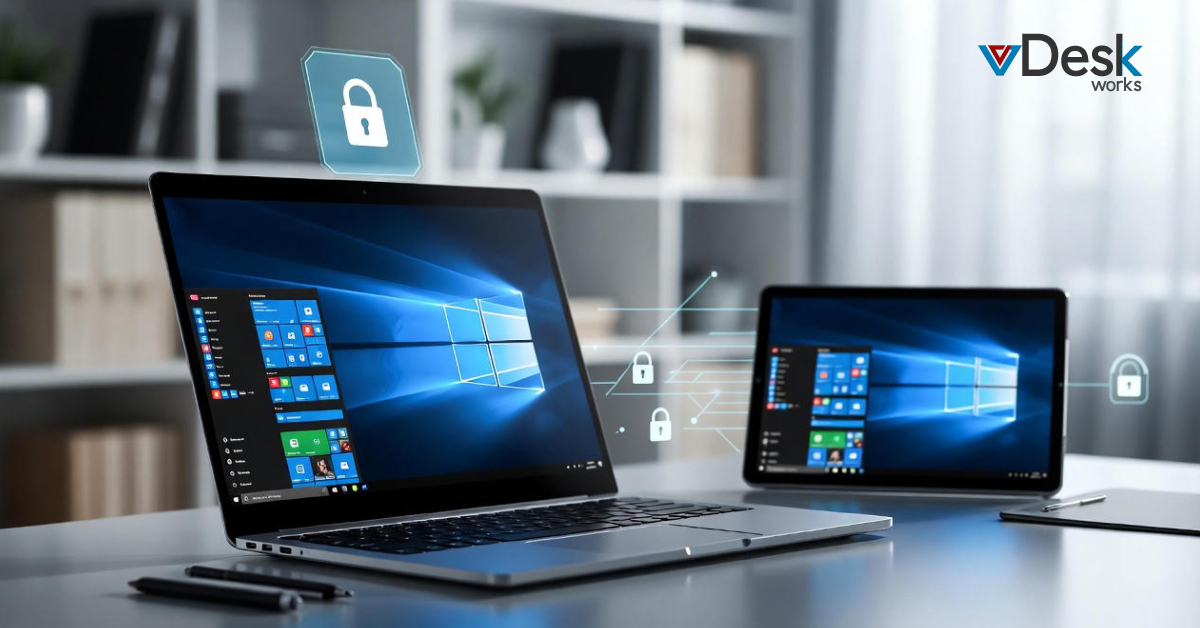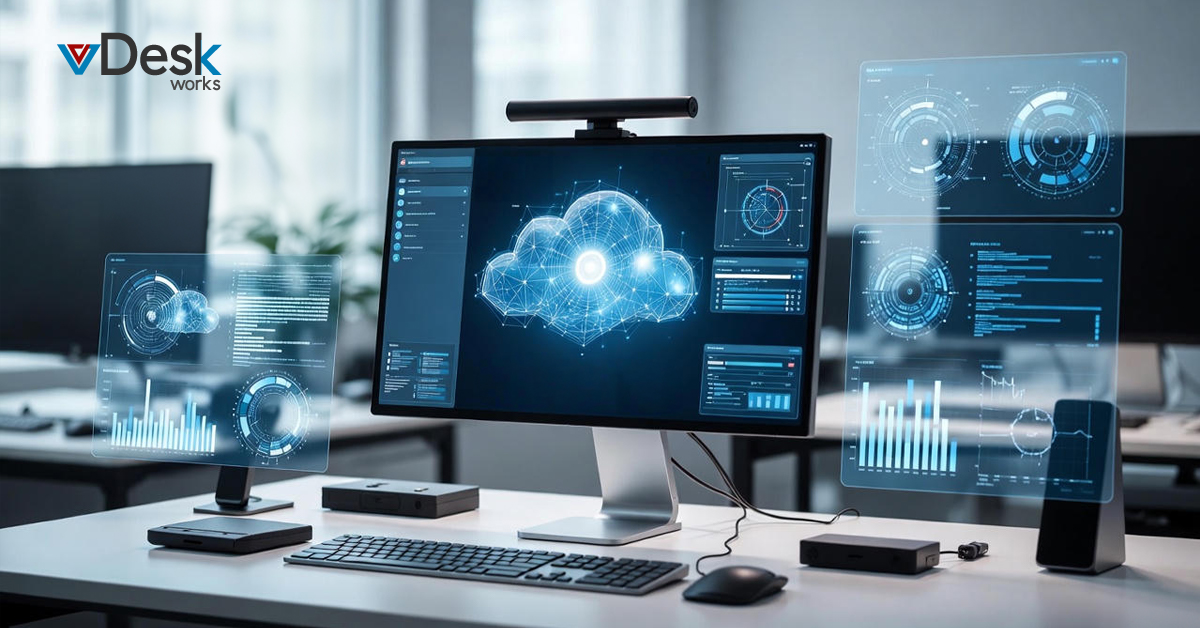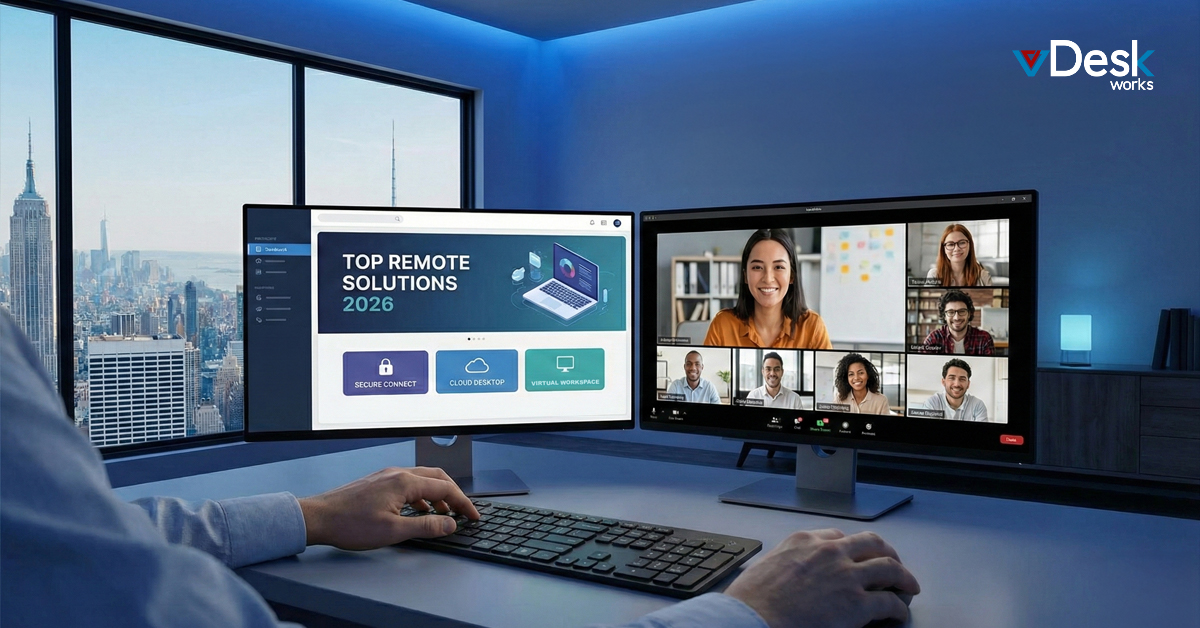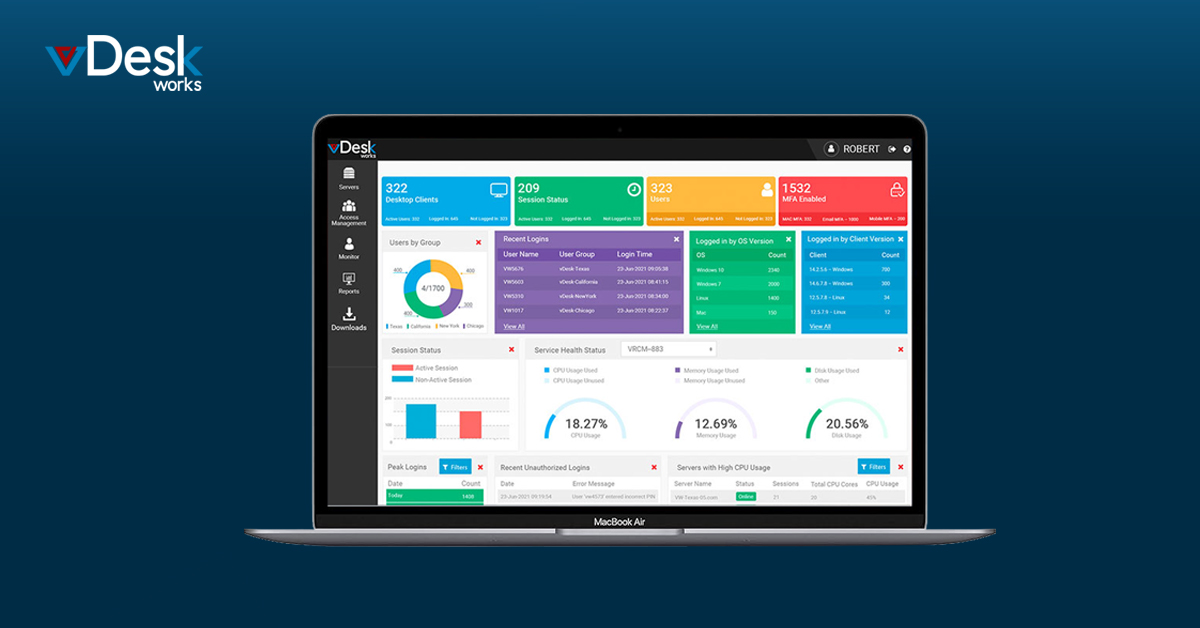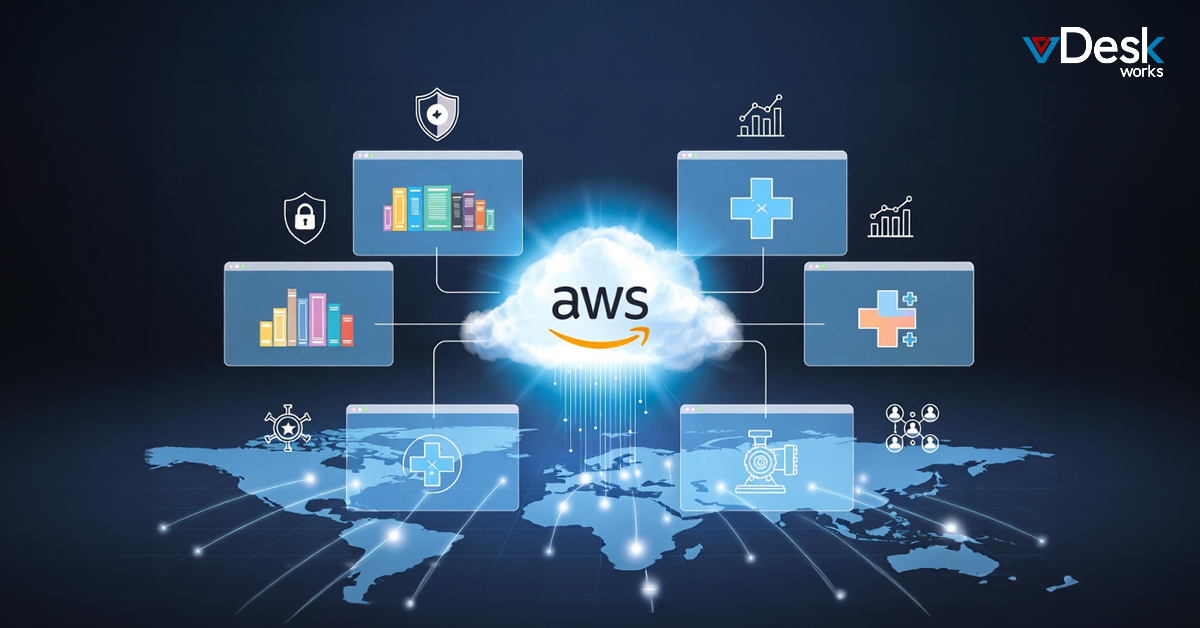Companies and people in 2025 are looking more and more to cloud PCs and cloud desktops to simplify operations and save money. A cloud PC is a virtual desktop computer running on distant servers, accessible on any machine with internet connectivity. This technology eradicates costly hardware upgrades, decreases IT overheads, and provides scalable solutions specifically for current requirements. With tight budgets and remote work requirements, the cloud desktop is the game-changer.
Here are five foremost cost-saving advantages of having a cloud PC in 2025, which makes this technology a revolution in working.
Less Hardware and Maintenance Expenses
One of the most important benefits of a cloud PC is the removal of expensive hardware investments. PCs need to be upgraded repeatedly to match software requirements, which costs thousands of dollars per machine. Users get access to powerful computing capabilities via the cloud using lightweight devices such as tablets or low-end laptops with a cloud desktop. This eliminates initial costs and prolongs the life of current hardware. Moreover, cloud PCs transfer maintenance to service providers, who maintain updates, repairs, and server maintenance. Companies avoid IT personnel and repair costs, rendering the cloud desktop a cost-effective option in 2025.
Reduced Energy Consumption
Utility bills are an indirect cost for companies operating traditional desktop configurations. Physical PCs, particularly high-end workstations, consume a lot of power, increasing energy bills. Conversely, a cloud PC runs on power-efficient cloud servers that are tuned for collaborative use of resources. By running a cloud desktop on low-power devices, users significantly reduce energy consumption. In organizations with large teams, this means a considerable reduction in electricity bills per year. In 2025, when sustainability becomes imperative, the cloud PC promises fiscal savings as well as environmental gain, and it stands as a desirable model for green businesses.
Scalable Subscription Plans
Cloud PC subscription plans' flexibility is one of the most significant cost-saving aspects. In contrast to conventional setups involving huge initial outlays, cloud desktops are on pay-as-you-go or tiered pricing models. This enables companies to scale resources upwards or downwards as needed, not overpaying for idle capacity. For instance, an emerging business can start with a low-end cloud PC plan and scale up later without having to buy new hardware. In 2025, suppliers provide bespoke cloud desktop solutions so businesses pay only for the resources they require, maximizing budgets and enabling expansion without breaking the bank.
Reduced Software Licensing Costs
Software licensing is a costly factor, particularly for companies that need expert tools. Software is usually included with a cloud PC, minimizing the requirement for individual licenses. Cloud desktop vendors often come bundled with access to standard programs, like Microsoft Office or specialized software, in their subscriptions. This removes the expense of per-user licenses and helps make compliance easier to manage. Cloud PCs also guarantee automatic updates to the software to avoid incurring costs related to aging versions. With the need to transition to a cloud desktop by 2025, simplified software expenses leave more money for other areas of concern.
Better Security and Lower Downtime Expenses
System downtime and cyber threats can cause massive economic loss. Cloud PCs feature strong security, including encrypted connections, automated backups, and sophisticated threat detection, minimizing the risk of data breaches. In contrast to PCs, with a hardware failure, operations can be brought to a standstill. A cloud desktop guarantees data is safely stored in the cloud and can be accessed from any device. This reduces downtime expenses and enhances business continuity. In 2025, the expense of cyberattacks will grow, and the secure setup of cloud PCs will become an economic measure for protecting business operations and preventing recovery costs.
Efficient IT Management
It takes specialized IT staff to manage a fleet of on-premises PCs, which can prove costly, particularly to small companies. With cloud PCs, management tasks are consolidated, enabling providers to manage system updates, patches, and debugging remotely. This saves on the cost of in-house IT personnel or costly third-party services. With a cloud desktop, companies can divert IT funding to other functions, such as innovation or advertising. The easy management of cloud PCs also minimizes employee downtime due to technical problems, improving productivity and cost savings in 2025's dynamic business climate.
Increased Remote Work Efficiency
Remote work growth has underlined the necessity for affordable, adaptable solutions. A cloud PC allows employees to access their cloud desktops remotely, obviating the necessity of corporate laptops or cumbersome VPN configurations. This minimizes hardware and infrastructure expenditures while supporting smooth inter-team collaboration. Businesses deploying cloud desktops in 2025 will incur fewer remote work setup costs and achieve better worker satisfaction because of flexibility. By enabling hybrid work models at no extra investment, cloud PCs save businesses a great deal while keeping operations efficient.
Cloud PCs for Predictable Budgeting
Conventional IT configurations tend to incur unpredictable expenses, like hasty repairs or unplanned software updates. A cloud pc provides predictable, subscription-style bills that allow for more effective financial planning. Companies can accurately predict expenses without surprise budgets. Cloud desktop vendors also provide flexible plans, enabling businesses to modify services without penalization. This predictability in 2025 is priceless for organizations looking to be fiscally responsible while capitalizing on innovative technology. The cloud PC model provides transparency in costs, making it simple to connect IT expenditure to business objectives.
Future-Proofing Your Business
Spending in a cloud PC is not merely about short-term cost savings—it's about future-proofing your company. With advancing technology, cloud desktops ensure users have the best that technology has to offer without constant hardware and software refreshes. Suppliers continually update their infrastructure, and customers enjoy better performance and functionality. This future-proofing removes the possibility of expensive overhauls every few years. In 2025, companies utilizing cloud PCs will remain competitive without spending exorbitant amounts on constant reinvestments, setting them up for long-term success in a fast-evolving digital world.
Migrating to a cloud PC in 2025 with vDeskWorks offers undeniable cost-saving advantages, making it a strategic choice for businesses and individuals. By partnering with vDeskWorks, you can save on hardware and energy expenses while simplifying software licensing and IT operations, all without sacrificing performance. The scalability, security, and flexibility of this cloud desktops empower organizations to adapt to new challenges while maintaining tight budgetary control. As digital transformation and remote work shape the future, embracing a vDeskWorks cloud PC guarantees efficient operations, affordability, and long-term savings.
Join the vDeskWorks cloud PC revolution to unlock these benefits and position yourself for success in 2025 and beyond.


 Emma Carson
Emma Carson


